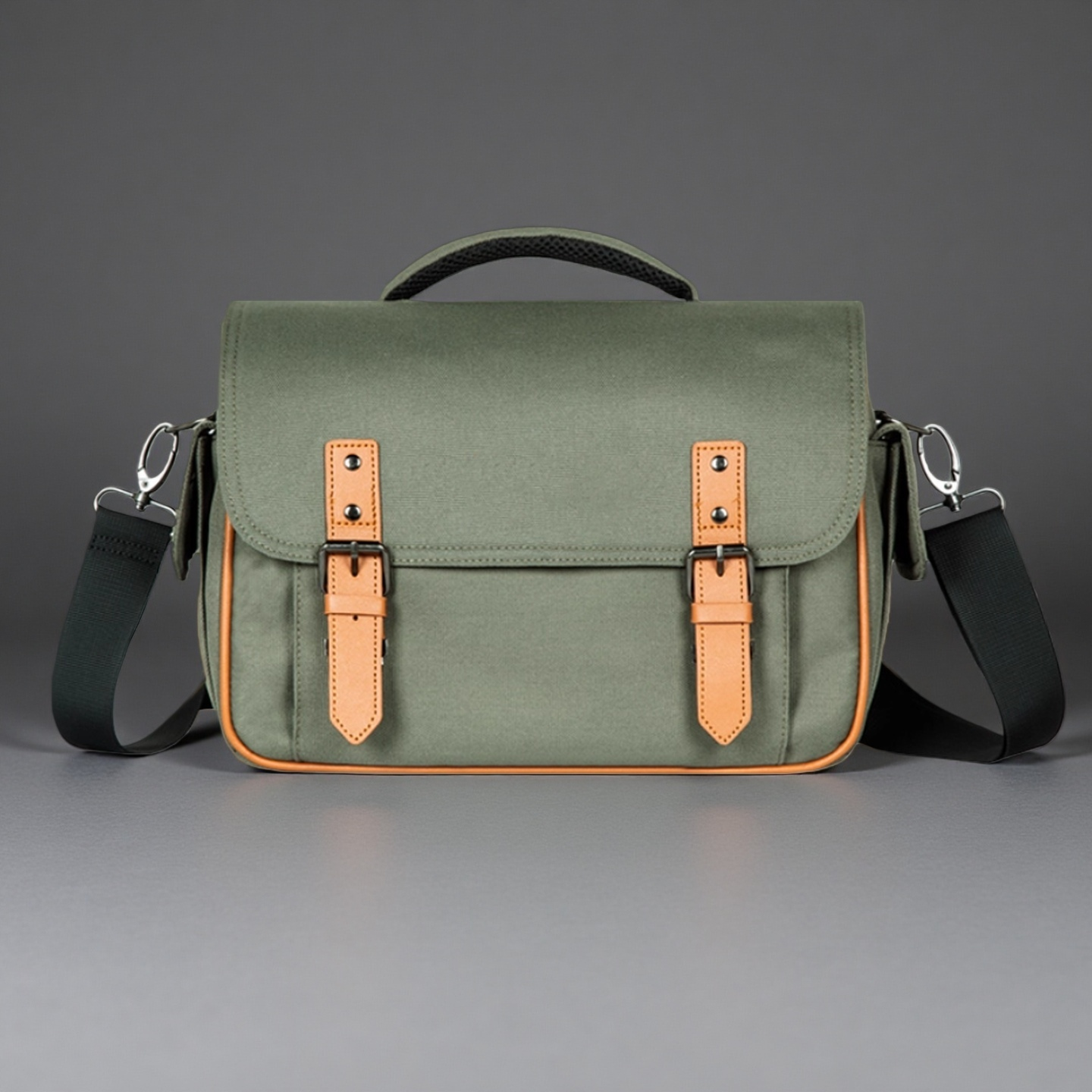
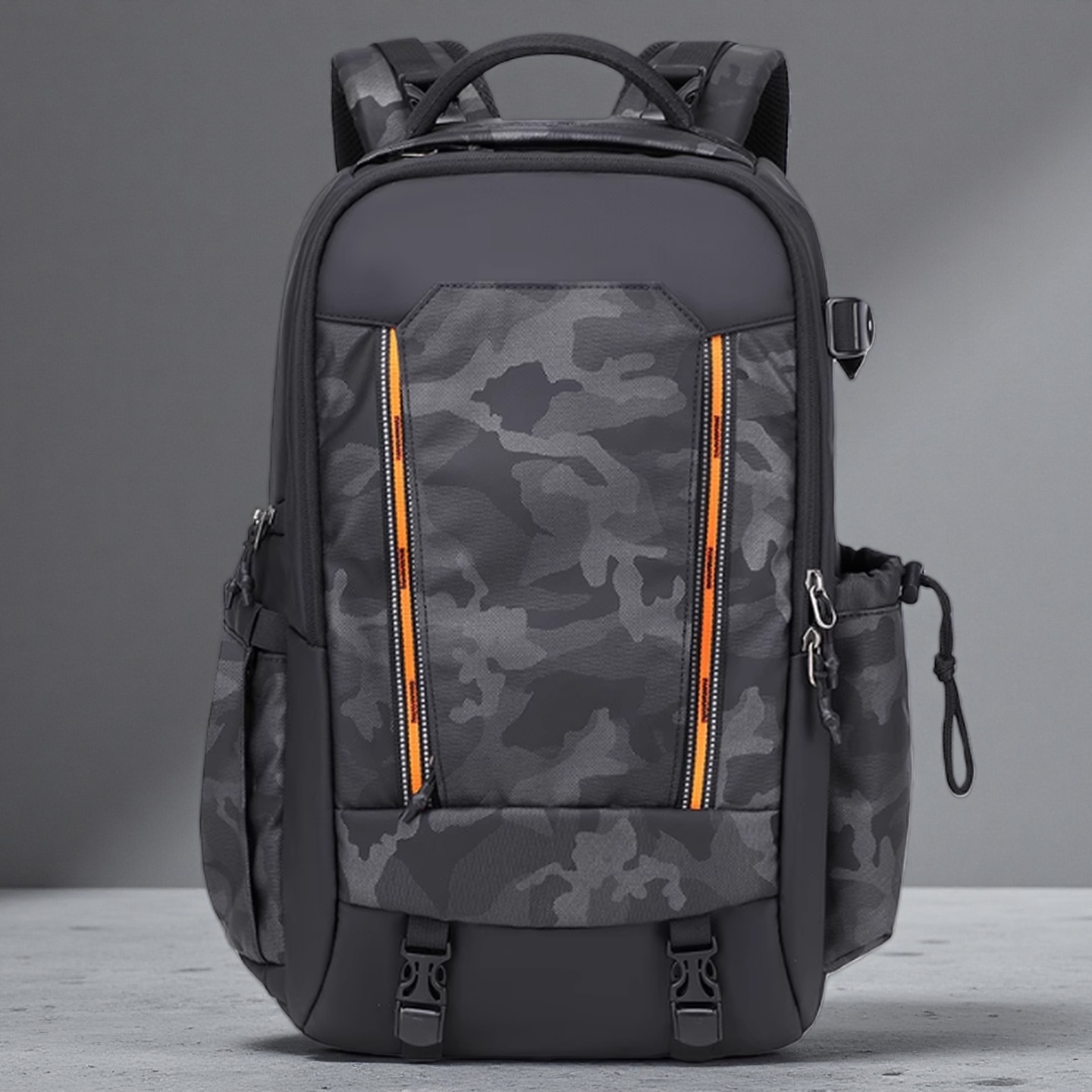
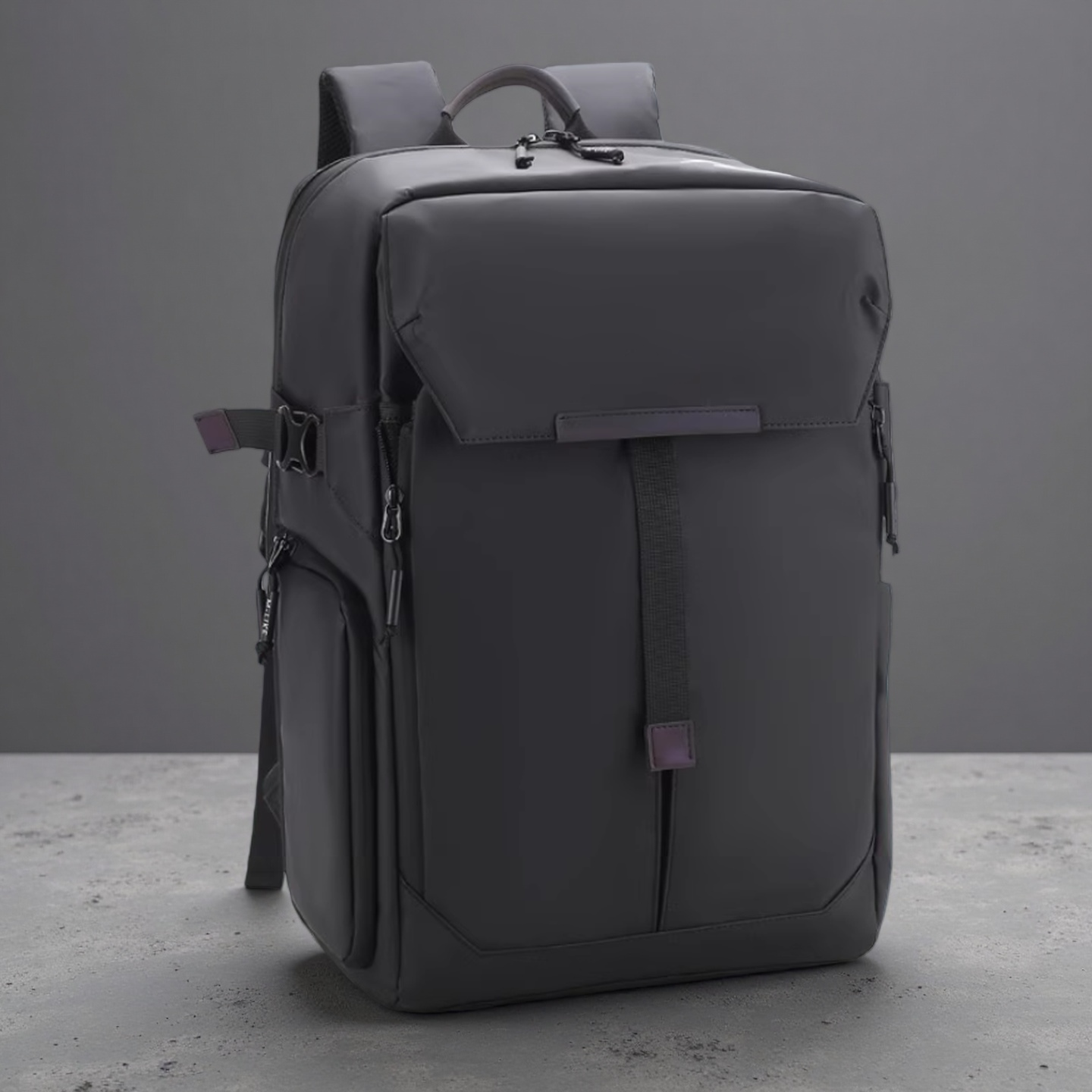
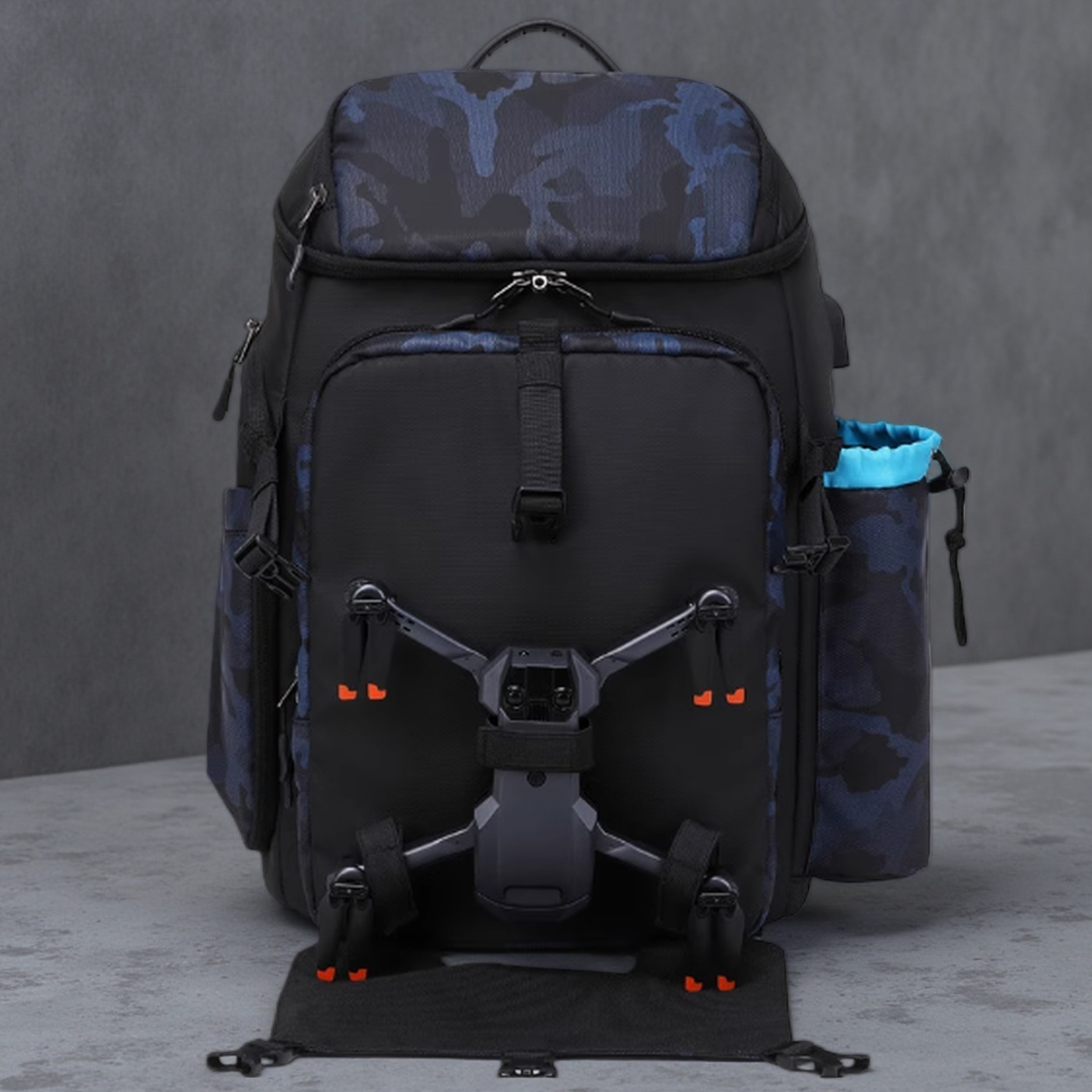




To be honest, the changes in North American yoga users' demand for yoga bags over the past few years have been truly remarkable! Back in the day, people probably just cared about one thing: "capacity!" As long as the thick yoga mat could be rolled up and tucked inside without falling out, the job was done.
But now? The old ways simply don't work anymore! From the pragmatic approach of "just a bag to hold things" to the leap toward integrating functionality, design, and lifestyle, this transformation is nothing short of a complete "theory of bag evolution.".
This shift in demand is actually an extension of the "athleisure lifestyle" trend in North America. Exercise is no longer confined to the gym but has become a daily activity integrated into commuting, travel, and social interactions. Bags must be "versatile".

Why has there been such a change?
It's quite simple. Under the powerful wave of athletic trends sweeping across North America, yoga has long since moved beyond being just a "sport" practiced twice a week—it has become deeply embedded as an integral part of daily life.
Imagine a modern yoga enthusiast's daily routine: starting the day by handling emails at a café, then heading straight to the studio for a class, followed by a quick trip to the supermarket for some groceries, and even grabbing a bag before heading out to meet friends for a casual gathering after work.
So, how can a "mat tube" that only holds mats meet their needs? What users require is a versatile all-in-one solution that perfectly balances commuting and yoga scenarios.
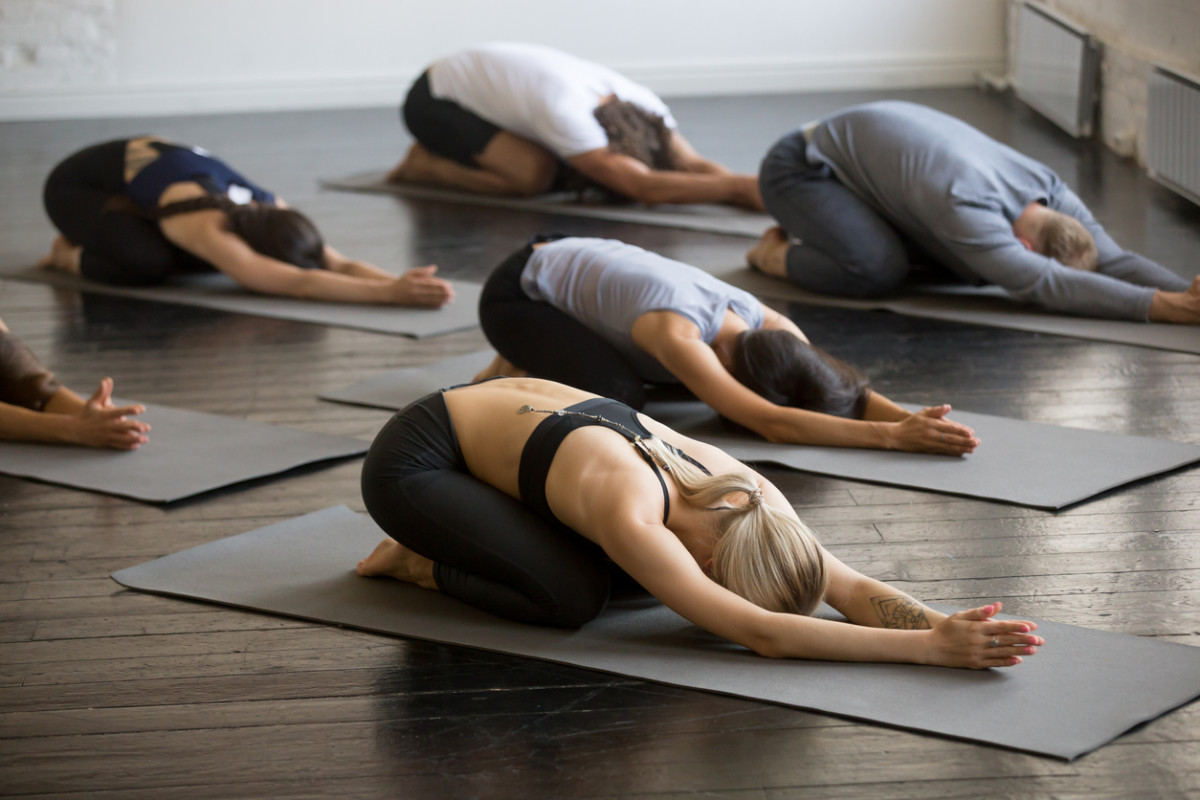
Dry wet separation compartment: After attending yoga class, sweaty clothes and towels cannot be mixed with your laptop or important documents, right? Independent and breathable dry wet separation bags have become standard, both hygienic and considerate.
Technology product protection: Mobile phones, tablets, and even lightweight laptops require dedicated shock-absorbing inner pockets. After all, modern people cannot do without these 'work partners'
Kettles and personal belongings: scattered keys, wallets, headphone cords, all require easily accessible side pockets and small compartments, preferably designed to be easily accessible with just a hand, saving you from having to rummage through your bag.
Do these meticulous designs sound like 'North America' - pursuing ultimate convenience and efficiency?
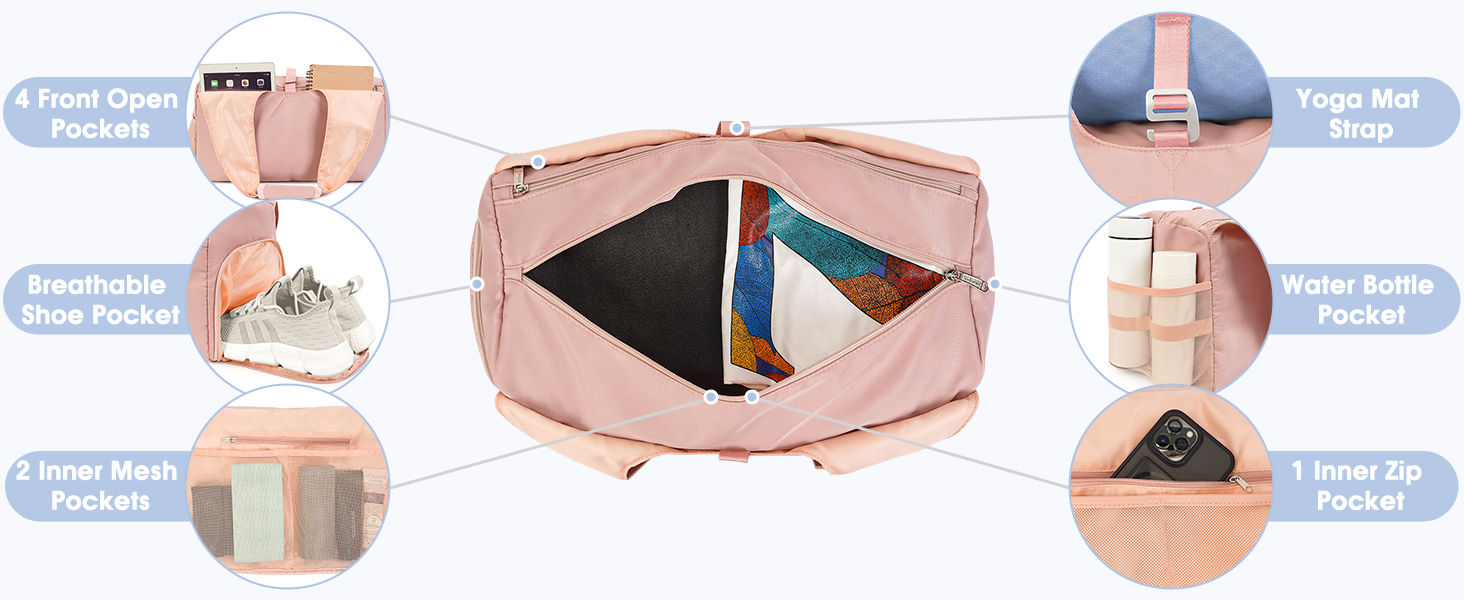
Merely having functionality is not enough. If a bag still looks like a rustic "sports bag", it will definitely fail in the middle class who pursue "self-image shaping".
In recent years, the sense of design has achieved a comeback from "simplicity".
Nowadays, yoga bags have long escaped the monotonous era of only black and gray. They have transformed into fashionable items that can perfectly blend with daily wear. In terms of color, from the elegance of earthy tones, the softness of Morandi colors, to occasional bright color accents, all make the bag look more personalized.
More importantly, there is an upgrade in material and profile. Durable, lightweight, and environmentally friendly materials have become the focus of many brands' promotion, which perfectly caters to North American users' pursuit of sustainable lifestyles. The silhouette of bags is becoming increasingly "de sporty", with large capacity tote bags, sleek wandering bags, and even crossbody bucket bags all using external straps or buckles that can secure yoga mats, cleverly hiding their "yoga identity".
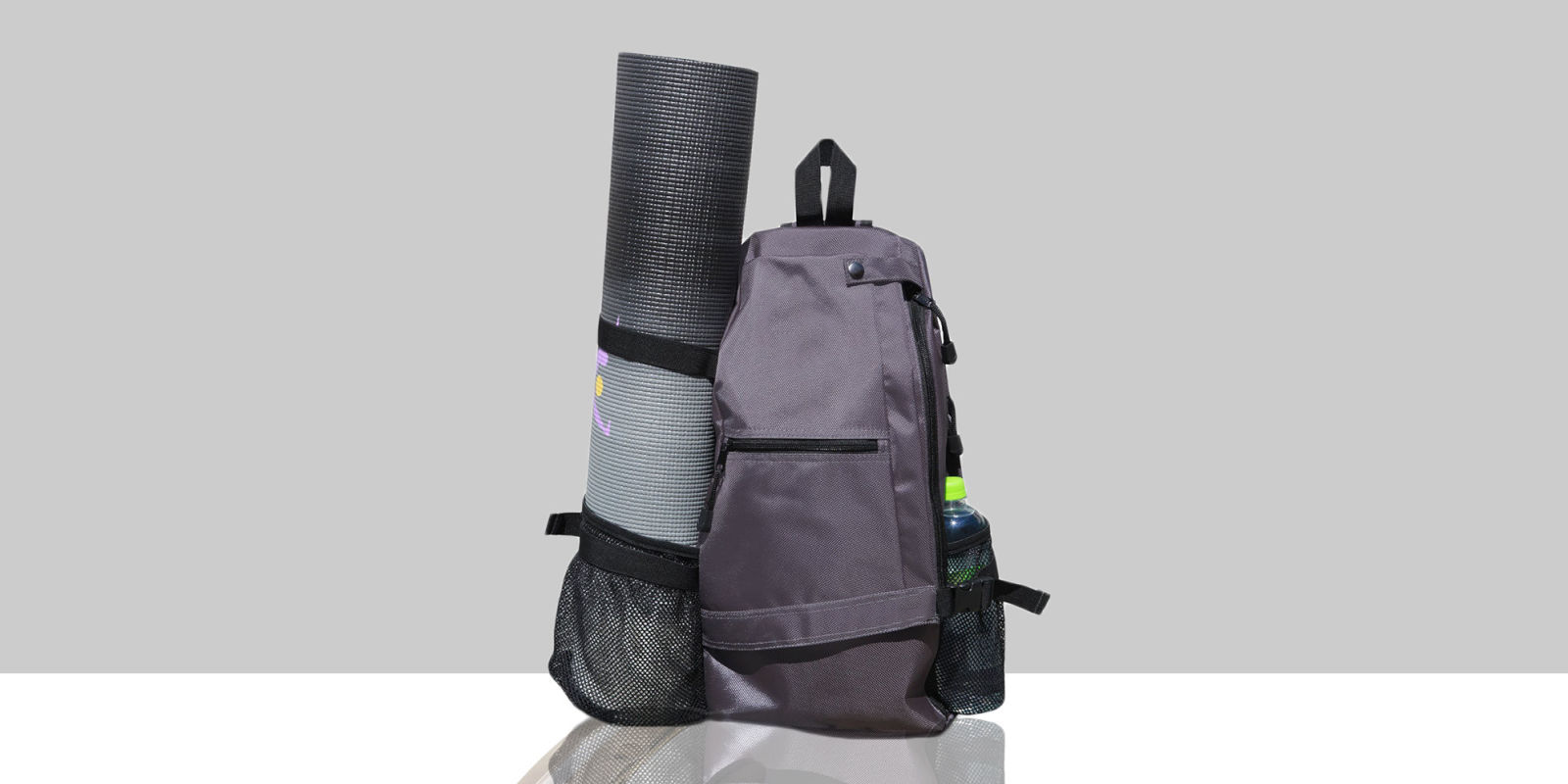
Ultimately, the core of the "transformation" of the North American yoga bag lies in its ability to transcend the realm of tools and become an extension and expression of users' lifestyles.
When consumers make a purchase, they are not just buying a "container for things", but also paying for their healthy, efficient, and sustainable lifestyle attitude. A well-designed and fully functional yoga bag allows them to easily switch between work mode and relaxation mode. Isn't this the "relaxation feeling" that modern urbanites dream of?